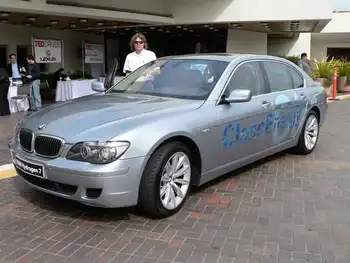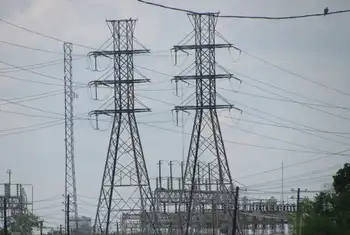CHPs essential to South KoreaÂ’s future
By Industrial Info Resources
Arc Flash Training CSA Z462 - Electrical Safety Essentials
Our customized live online or in‑person group training can be delivered to your staff at your location.

- Live Online
- 6 hours Instructor-led
- Group Training Available
Having set a 2030 deadline to reduce emissions of greenhouse gases by 30, the country is in a state of flux. The government of South Korea is promoting the development of clean, alternative and renewable energies through a $36 billion, five-year plan that is already directly affecting domestic power policies.
New plans are pushing power companies to increase the number of district heating users between now and 2014. Combined heat and power CHP plants are common throughout South Korea and are generally associated with district heating. Not only do they help cut costs in terms of heating, but also supply electricity to local grids. Currently, about 13 of South Korea's 14 million households rely on district heating and CHP plants. The government is seeking to raise the number of households using district heating by at least one-third by 2014.
Korea District Heating Corporation KDHC serves almost 60 of all homes that use district heating in South Korea and plans to increase this customer base to 2 million by 2015. With plans to incorporate government-backed district-cooling research within the next few years, KDHC stands to benefit greatly from the increase in CHP plants.
Officials have mentioned that as South Korea looks to combat the looming electricity crunch, more and more existing power plants may be transformed into CHP plants. The majority of electricity costs are associated with the heating and cooling of homes. South Korea hopes to reduce the use of electricity for temperature control by directly supplying warm and cool air. The government is fully in support of district cooling research and hopes that it is incorporated into CHP plants the near future.
The call for more combined heat and power plants parallels South Korea's switch to natural gas in the country's coal-dominated market. Natural gas burns cleaner than coal and is generally the fuel of choice in CHP plants. A natural gas-fired CHP that is capable of supplying about 325 megawatts MW of electricity and more than 300 gigacalories per hour of steam to the local grid, such as the one KDHC is planning to construct in 2013, generally costs about $550 million. A coal-fired CHP plant, although capable of generating more electricity and steam for less money, emits twice as much carbon dioxide per unit of energy as a natural gas-fired plant.
Although the government is pushing for an increase in CHP plants, it is also demanding more renewable energy projects. KDHC will invest an additional $41 million in solar and wind power research in the coming years to prepare for the government's demands for increased renewable energy.











